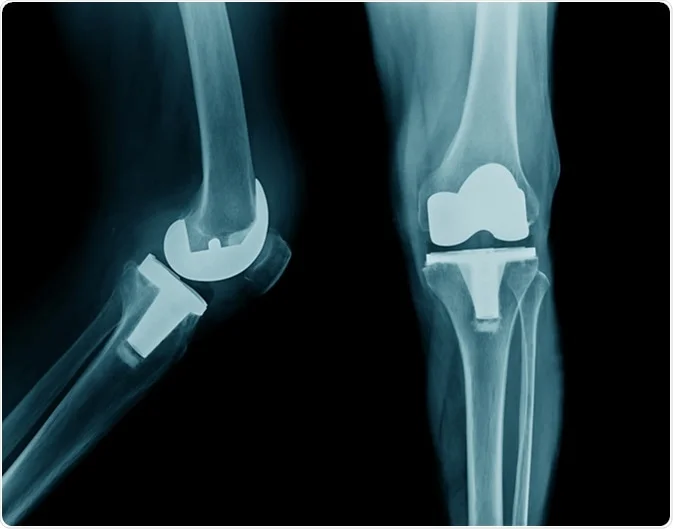Joint replacement surgery, such as hip or knee replacement, is often a highly effective procedure for alleviating pain and improving mobility in patients with severe joint damage. However, like any major surgery, it carries potential risks and complications. Understanding these risks can help patients make informed decisions and prepare for their recovery. Here’s a detailed look at the potential risks and complications associated with joint replacement surgery:
1. Infection
One of the most serious risks associated with joint replacement surgery is infection. Infections can occur at the surgical site or deeper within the joint. Symptoms of an infection may include increased pain, swelling, redness, or fever. Infections are often treated with antibiotics, but severe cases may require additional surgery to clean out the infection and potentially replace the prosthetic joint.
2. Blood Clots
Blood clots, or deep vein thrombosis (DVT), can form in the legs following surgery due to reduced mobility. If a clot breaks loose, it can travel to the lungs, causing a pulmonary embolism, which can be life-threatening. Preventive measures, including blood-thinning medications and compression stockings, are typically used to reduce this risk.
3. Implant Failure
While rare, there is a risk of the prosthetic joint failing. This can be due to issues such as loosening of the implant, wear and tear, or complications from the body rejecting the implant. Symptoms might include persistent pain or instability. Revision surgery may be necessary to address these issues.
4. Dislocation
In joint replacement surgery, dislocation of the prosthetic joint is a potential risk, particularly in the early stages of recovery. For hip replacements, certain movements or positions can increase the risk of dislocation. Physical therapy and adherence to post-operative guidelines can help minimize this risk.
5. Nerve or Blood Vessel Damage
During surgery, there is a risk of damage to nearby nerves or blood vessels. This can lead to numbness, tingling, or impaired blood flow in the affected limb. While many patients recover fully, some may experience long-term issues.
6. Stiffness and Limited Range of Motion
Post-operative stiffness and limited range of motion can occur as the body heals and adjusts to the new joint. Physical therapy is crucial for improving flexibility and strength, but some patients may experience residual stiffness or reduced movement.
7. Pain
Some degree of pain is normal after joint replacement surgery, but chronic pain can occur in certain cases. This can be due to a variety of factors, including implant issues, inflammation, or scar tissue. Managing pain with medication and physical therapy is essential for recovery.
8. Allergic Reactions
Patients may experience allergic reactions to materials used in the prosthetic joint or medications administered during or after surgery. While rare, these reactions can range from mild to severe and may require alternative treatment options.
9. Fractures
Occasionally, fractures can occur around the new joint, particularly if the bone is weakened from osteoporosis or other conditions. These fractures may need to be treated with additional surgery or other interventions.
10. Delayed Healing
Some patients may experience delayed healing or complications with wound healing. This can be influenced by factors such as age, overall health, and adherence to post-operative care instructions.
11. Complications from Anesthesia
As with any surgery requiring anesthesia, there is a risk of complications such as allergic reactions or respiratory issues. Anesthesia-related complications are rare but can occur and are managed by the anesthesia team.
Conclusion
While joint replacement surgery can offer significant benefits in terms of pain relief and improved function, it is essential for patients to be aware of the potential risks and complications. Discussing these risks with a healthcare provider, adhering to pre- and post-operative guidelines, and engaging in physical therapy can help minimize complications and support a successful recovery.






Comments